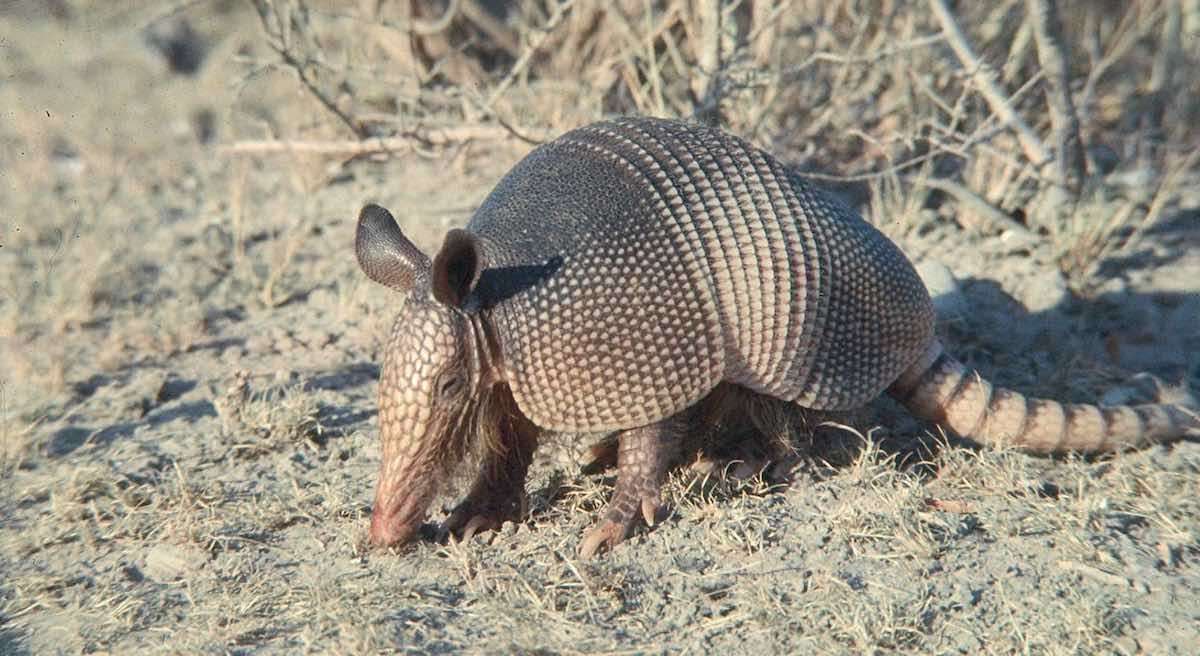CAR T-Cell Therapy Sends Lupus into Remission for Patients, Using Specially-Armed Immune Cells
The revolutionary cancer CAR T-cell therapy has proven to work also in five patients with lupus, sending the disorder into remission.

Leprosy has appeared in medical literature as far back as there has been medical literature, but its latest appearance doesn't involve talk of a treatment or cure, but rather a unique ability the parasites that cause leprosy have to regenerate livers.
The findings suggest the possibility of adapting this natural process to renew aging livers and repair damaged ones to increase health span in humans and remove a significant number of those waiting on liver transplant lists.
Working with the US Department of Health and Human Services in Baton Rouge, Louisiana, a team from the Univ. of Edinburgh observed that the livers of 57 armadillos, a natural carrier of the leprosy parasite, were enlarged compared to uninfected ones, but healthy and without damage.
"If we can identify how bacteria grow the liver as a functional organ without causing adverse effects in living animals, we may be able to translate that knowledge to develop safer therapeutic interventions to rejuvenate aging livers and to regenerate damaged tissues," said Professor Anura Rambukkana, lead author from University of Edinburgh's Centre for Regenerative Medicine.
Inside, the team found the infected livers demonstrated gene-expression similar to those of young livers or even fetal livers, suggesting that the "rejuvenated state" observed in the liver cells was due to their biological age being reversed.
Genes related to metabolism, growth and cell proliferation were activated and those linked with aging were down-regulated, or suppressed.
Scientists think this is because the bacteria reprogramed the liver cells, returning them to the earlier stage of progenitor cells, which in turn became new hepatocytes and grow new liver tissues.
The team are hopeful that the discovery has the potential to help develop interventions for aging and damaged livers in humans. Liver diseases currently result in two million deaths a year worldwide.
This is not to be construed as a PSA to go find an armadillo to kiss if you have a liver disease.
SHARE This Bizarre Story With Your Friends…
Be the first to comment